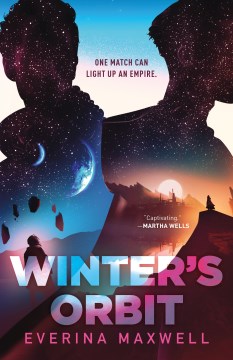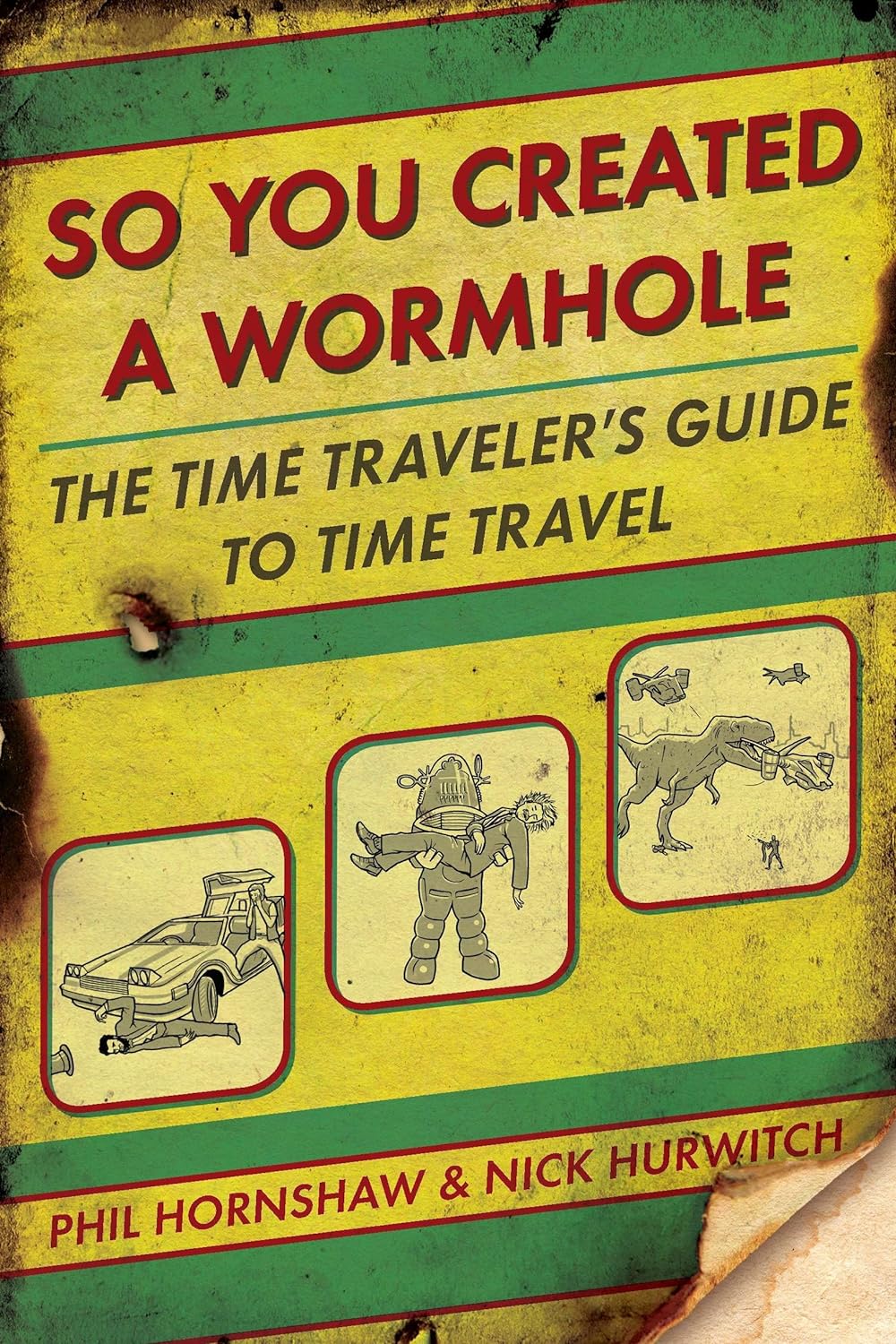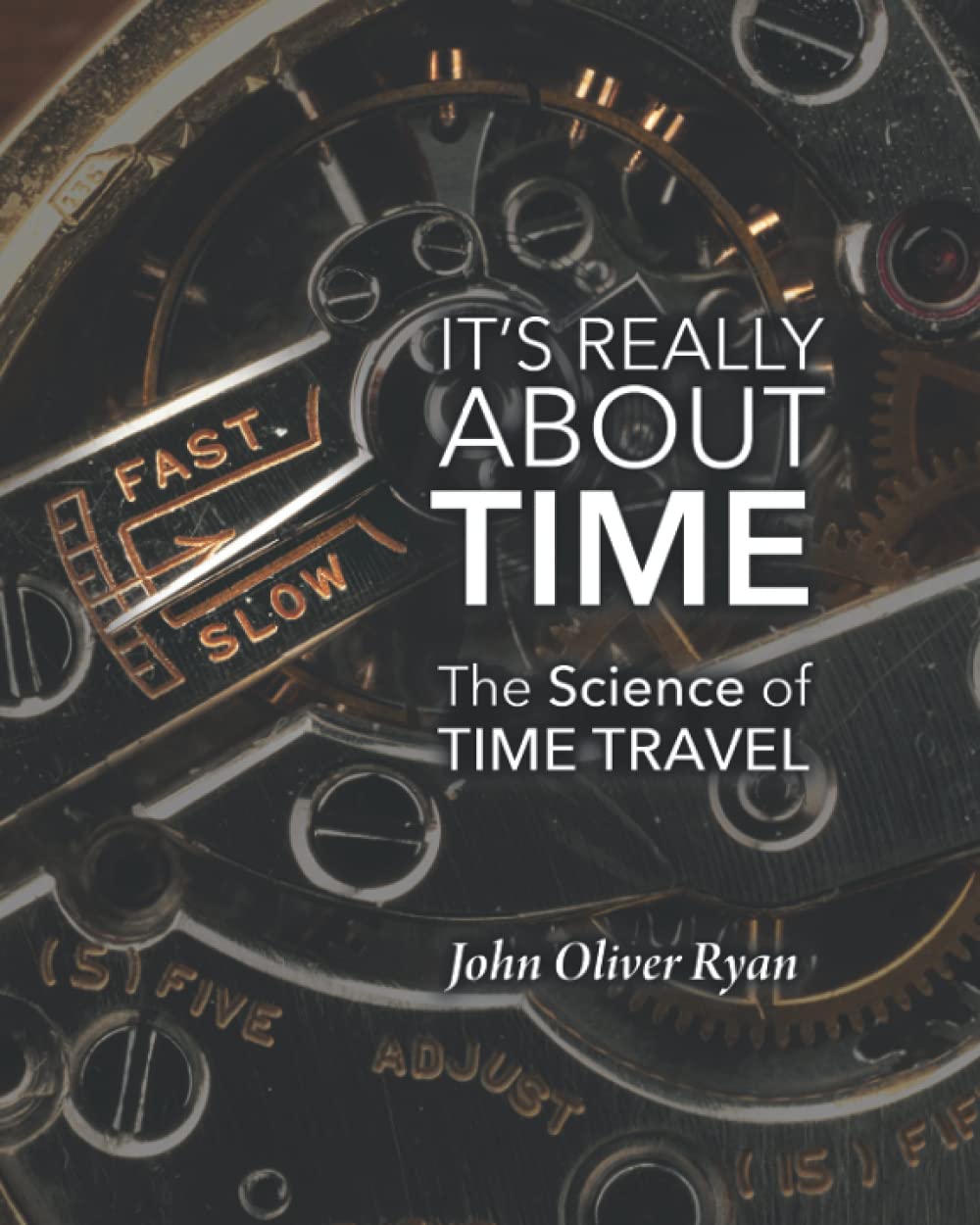Author: Amal El-Mohtar & Max Gladstone
Title: This Is How You Lose the Time War
Genre: Intellect (Science Fiction)
Publication Date: 2019
Number of Pages: 198
Geographical Setting/Time Period: myriad landscapes, planets, and time periods both past and future
Plot Summary: Red and Blue are time-traveling agents on either sides of a conflict, each trying to mold the future their superiors envision into being. Red belongs to a technoscape, and many of her body parts have been replaced by machinery. Blue hails from an ecoscape, grown and nurtured like a prized, lethal plant. The agents circle each other for the millennia, undoing each other's work and finding beauty and meaning in the struggle and tactics of their opponent.
Blue reaches out to Red, and the her answering letter begins a series of correspondence that draws the two women closer and closer together until their handiwork is all over each other time threads. Messages are left behind in plants, on bodies, in the literature of famous writers. As their feelings for each other grow, they are forced to hide their love from those in control. With nearly omnipotent superiors and the curious idiosyncrasies of time travel, their love could be doomed, predestined, or something else entirely.
Subject Headings (per Novelist):
- Competition
- Enemies
- High technology
- Imaginary wars and battles
- Letter writing
- Romantic love
- Secrets
- Space and time
- Time travel
Science Fiction Appeals:
Characterization - "Although attention is paid to characterization at the more literary end of the genre, generally the issues, story, and frame are given greater attention than the creation of dimensional, fully realized characters" (Wyatt & Saricks, 2019).
This Is How You Lose the Time War has a memorable, rip-your-heart-out story and dilemma. Are beings created as a means to an end entitled to make their own decisions about their future? If you're able to prevent death by going into the past to change the future--what happened to the you that died in another thread of time? Red and Blue's courtship and romance grapples with these questions, but their individual personalities are not necessarily well understood. This is partly a by-product of the formatting of this book, as it mostly takes places within letters Red and Blue write to each other. We know that Red is rash, and Blue is more artistic. We can inform they are somewhat erudite as they discuss literature together. However, we don't really see them interact in person within the core timeline. This does not hinder the story, but rather empowers the narrative to the ride full-force towards the ethical dilemmas.
Frame/Setting - "Science Fiction is consistently evocative and visual" (Wyatt & Saricks, 2019).
The prose in this novel is lush. The details are precise and vivid, even though we leap as readers between space and time frequently. The night-describable presence of these details allows the reader to craft vast landscapes in their mind's eyes, creating a visual for Red's Agency and Blue's Garden even though we don't get a thorough tour. This individual title trends literary, and is in some ways more of a soft sci-fi than a hard one. There are few, if any, technical explanations on how the time travel works or how it came about. We don't get steep worldbuilding or complicated societal structures. We bask instead in the love story made possible through time travel, rather than in the time travel itself.
Time Travel/Alternate History - "They offer the pleasures of speculation--of what the future may hold and how such travel may be possible--as well as the fascination of the past, mixed with the thought-provoking and mind-expanding possibilities of differing worlds" (Wyatt & Saricks, 2019).
This is firmly a time travel novel. Red and Blue remake worlds with an eye towards the Agency or Garden's goals. These are presented as sweeping, inviting possibilities, but also impossibilities; Red and Blue are both thousands of years old, often staying in a particular thread of time for a dozen or more years to cement their place in a movement or to be in the right place at the right time. Red and Blue are more often to be the catalyst than the cause; they could give a revolutionary piece of literature to someone who becomes a great leader influenced by that work handed to them by a trusted friend. In many ways, while this novel has few concrete scenes "anchoring" it and feels rather abstract, we do get a lovely birds-eye view of how history's trajectory can be altered by one person, be they a time traveler or an everyday commoner.
Three terms that best describe this book:
- Literary
- Romantic
- Complex
Fiction Read-alikes:
Winter's Orbit by Everina Maxwell
Maxwell, E. (2021). Winter's orbit. New York: Tor.
Common appeals: Romantic, queer, intensifying, compelling
The Future of Another Timeline by Annalee Newitz
Newitz, A. (2019). The future of another timeline. New York: Tor.
Common appeals: Time travel, female characters, intricate
The Time Traveler's Wife by Audrey Niffenegger
Niffenegger, A. (2002). The time traveler's wife. San Francisco: MacAdam/Cage Pub.
Common appeals: Time travel, literary, romantic, moving
Nonfiction Read-alikes:
A Brief History of Time by Stephen Hawking
Hawking, S. (1998). A brief history of time. New York: Random House Publishing Group.
Common appeals: Theoretical discussion, possibilities, parallel dimensions
Hornshaw, P., & Hurwitch, N. (2012). So you created a wormwhole. New York: Berkley
Common appeals: Time travel, physics, possibilities
Ryan, J. O. (2019). It's really about time. Tahilla Press.
Common appeals: Time travel, physics, possibilities
References
El-Mohtar, A., & Gladstone, M. (2020). This is how you lose the time war. New York: Saga Press.
Wyatt, N., & Saricks, J. G. (2019). The readers' advisory guide to genre fiction. American Library Association.








Hi Grace,
ReplyDeleteI usually tend to steer away from intricate time-travel stories, as I easily get brain burnout lol However, your annotation has me totally transfixed!! Red and Blue's opposite spectrum styles (techno vs. eco) sound so cool, and (excuse my nerdy parallel) it immediately reminded me of the spectrum difference in Pokémon Scarlet and Violet - the legendary Pokémon represent the past and future, respectively.
I am also interested in your read-alike recommendation, Winter's Orbit. Thanks!!
I tend to stay away from time-travel because I think it's really easy for rules of time travel to get confusing or for them to be broken for the sake of the story (looking at you, Endgame) but the way you described this book makes it sound appealing. It seems that it would be more about the story of the two agents and less about the world through various time periods. I think I might be able to stomach time travel in that case. Plus, a romance element always helps!
ReplyDelete